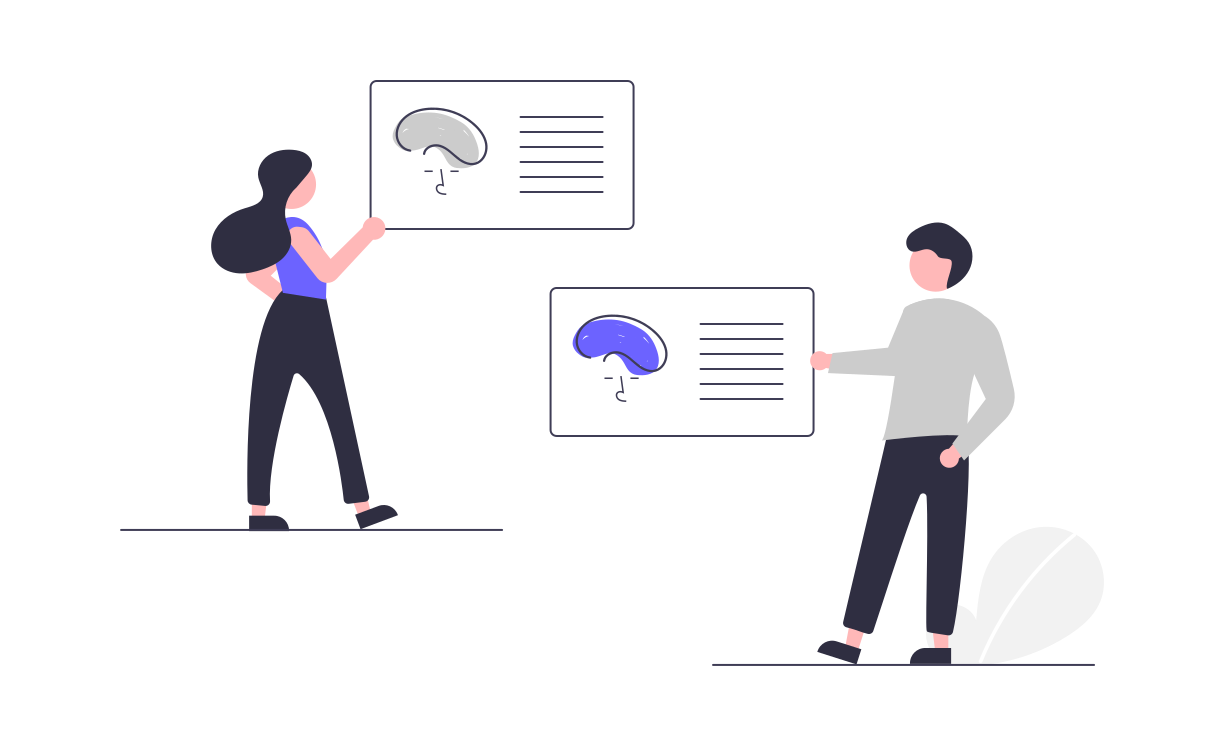In the intricate tapestry of modern marketing, psychographic segmentation emerges as a nuanced approach that goes beyond surface-level demographics. This method delves into the psychological aspects of consumer behavior, focusing on attitudes, interests, values, and lifestyles. Understanding these deeper motivations allows businesses to create more resonant and impactful marketing strategies.
Understanding Psychographic Segmentation
Psychographic segmentation categorizes consumers based on their psychological characteristics. These characteristics include a range of attributes such as personality traits, beliefs, values, interests, and lifestyle choices. Unlike demographic segmentation, which might tell you who the customer is, psychographic segmentation reveals why the customer behaves the way they do.
The Core Components of Psychographic Segmentation
-
Attitudes and Beliefs Consumers’ attitudes and beliefs shape their perceptions and behaviors toward brands and products. These include their opinions on social issues, brand values, and product quality.
-
Interests and Hobbies Interests and hobbies provide insights into what consumers enjoy doing in their free time. This can inform product development, marketing campaigns, and even content creation that aligns with these interests.
-
Lifestyle Lifestyle segmentation considers how consumers live their lives, including their daily activities, social interactions, and consumption patterns. This helps in tailoring experiences that fit seamlessly into their lives.
-
Values and Principles Understanding the core values and principles that guide consumer decisions is crucial. These might include environmental concerns, family values, or a desire for innovation and technology.
Benefits of Psychographic Segmentation
-
Deeper Customer Insight Psychographic segmentation offers a more profound understanding of what motivates consumers. This depth of insight allows businesses to connect with their audience on a more emotional and personal level.
-
Enhanced Targeting By segmenting based on psychographics, businesses can create highly targeted marketing messages that resonate with specific consumer groups. This precision improves the relevance and effectiveness of marketing campaigns.
-
Improved Customer Engagement When consumers see themselves reflected in a brand’s messaging, they are more likely to engage. Psychographic segmentation helps in crafting messages that speak directly to the consumer’s lifestyle and values.
-
Better Product Development Insights gained from psychographic segmentation can drive product development. Understanding consumer interests and values can lead to the creation of products that better meet their needs and desires.
-
Personalized Marketing Strategies Tailoring marketing strategies to fit the psychographic profiles of different segments ensures that each consumer feels understood and valued. This personalization enhances customer loyalty and brand affinity.
Steps to Implement Psychographic Segmentation
-
Conduct Qualitative Research Begin with qualitative research methods such as focus groups, in-depth interviews, and surveys. These tools help gather detailed insights into consumers’ attitudes, interests, and lifestyles.
-
Analyze and Segment Data Use the data collected to identify patterns and create distinct psychographic segments. Employ statistical techniques and advanced analytics to ensure accuracy and reliability.
-
Develop Customer Personas Create detailed customer personas for each psychographic segment. These personas should encompass the psychological traits, values, interests, and lifestyles of the segment.
-
Tailor Marketing Efforts Design marketing campaigns that specifically address the needs and preferences of each psychographic segment. Personalize content, messaging, and offers to align with their psychographic profiles.
-
Continuously Update Segments Consumer attitudes and interests evolve over time. Regularly update your psychographic segments based on new data to maintain relevance and effectiveness.
Conclusion
Psychographic segmentation unlocks a deeper level of consumer understanding, enabling businesses to create more personalized and impactful marketing strategies. By focusing on attitudes, interests, values, and lifestyles, companies can forge stronger connections with their audience and drive greater engagement. In a market where consumers seek brands that resonate with their personal beliefs and preferences, psychographic segmentation is a vital tool for achieving business success.


